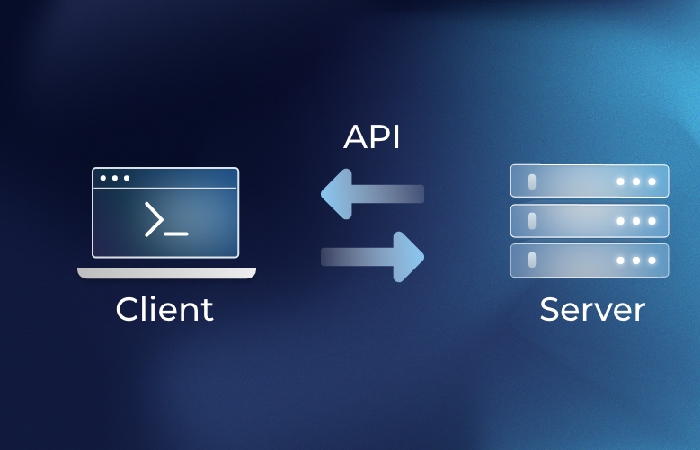REST APIs – We are in the age of integration, and the most important thing today is how systems are sharing data. What would an e-commerce website without integration look like? It would have a product listing, but it would still require building tools for shipping, user accounts, processing payments, and email automation. But again, this wouldn’t be a scalable solution, and these tasks would require outsourcing.
For these functions to work together, software today uses APIs or application programming interfaces to provide a standardized way in which two applications can send data back and forth. Through API, your e-commerce site can send data and receive data from shipping software, payment software, and any other integrations necessary.
Table of Contents
What is REST API
An API brings together different applications to perform a designed function, execute a predefined process, and share data. It allows communication between software. REST API is the most deployed form of the API. REST, on the other hand, is a client-service architecture based on a request/response design. Developers are now using REST APIS through HTTP functions to request and receive responses.
How Does REST API Work?

Through HTTP, a REST API communicates its request to perform functions like reading, creating, deleting, and updating records within a resource. For example, a REST API receives a request to retrieve a record, a POST to create one, a PUT to update a record, and a DELETE to get rid of one.
A resource representation is the state of a resource at any given time. This information is transported and delivered to the client through different formats, including HTML, PYTHON, JSON, PHP, and plain text. JSON is the most popular delivery format because both humans and machines can read it, and it has an agnostic programming language.
A well-designed REST API comes with request and response headers as well as the conventional HTTP status code. Request parameters and headers are also critical because they carry identifier information such as caching, metadata, cookies, authorization, and uniform resource identifier.
Principles
An API allows one application to access a resource within another service or application. That application or service accessing is commonly known as the client, while the application or service that contains the resource is referred to as a server.
REST API supports several data formats and can be developed using any programing language. However, it’s required that they align themselves with the architectural constraints also known as the six REST design principles
Uniform Interface:
A uniformed interface within the architecture of the REST API allows the client to interact with the server in one specific language. It also provides for the independent evolution without conjoining its functions to the API
Statelessness
REST APIs requests include all the information necessary for its processing, and it is stateless therefore does not need server-side sessions. The server’s applications do not store any data related to the client’s request.
Cache-ability
A REST API should be built or designed in a way that encourages its storage of cacheable data, mainly because a stateless API can handle loads of incoming and outgoing calls.
Layered Systems

The REST architecture has a layered system, each designed with its function. The layers through independent have to interact to create a hierarchy within the architecture of the REST API
Client-Server
When processing a request or a response, the interface in RESTs architecture remains the same while the client and the server are independent of each other. It’s the work of the server to expose the REST API for the clients to use. The server is responsible for information storage and making it available to the users. At the same time, the client either takes the information and uses it to perform other requests or displays it for the users.
Code on Demand
It’s optional in rest architecture, and its primary duty is to allow for applets and codes transmission through the API and use by the application. Simply it enables the client’s flexibility.
Examples
REST API has been fundamental in building some of the most popular websites we use every day. They include PayPal, Instagram, Twitter, and Gmail. Some popular APIs include Twilio Doc REST API, Google Developers Map APIs, and GitHub REST API.
Why Use REST API
REST API is expected to become the industry’s standard for web-based communications. They allow different online applications to share data and interact despite their size. Meaning that a small startup can communicate and interact will big government agencies.
REST API, The Leader in Applications Interactions.
Software tools like the REST API create unique, innovative, and robust systems that all growing online platforms should embrace. REST API adds functionality to these applications and websites. For more information, you can always check out reputable sites like Contently.
Also Read: The Future of the Digital Asset – and the Importance of Security


